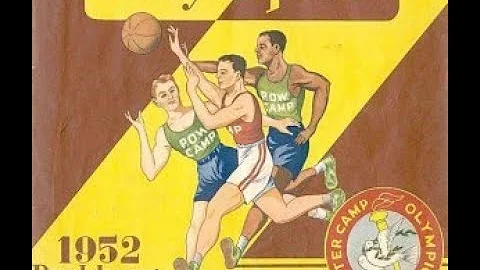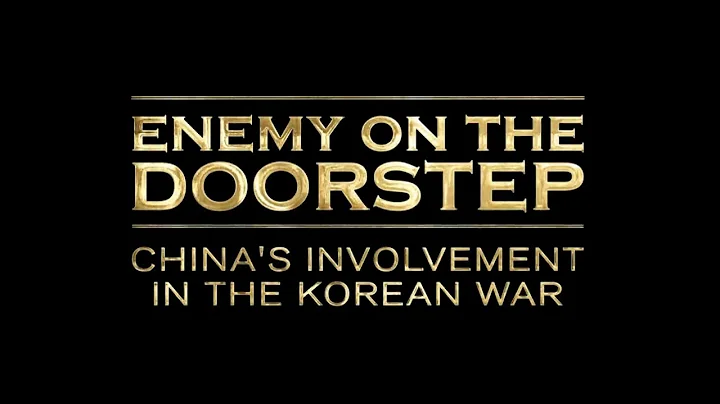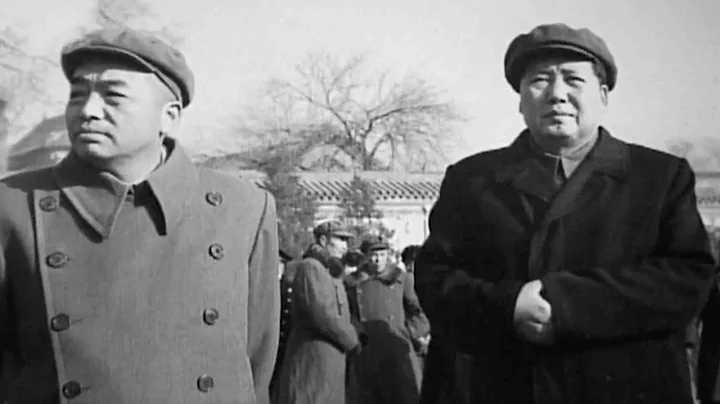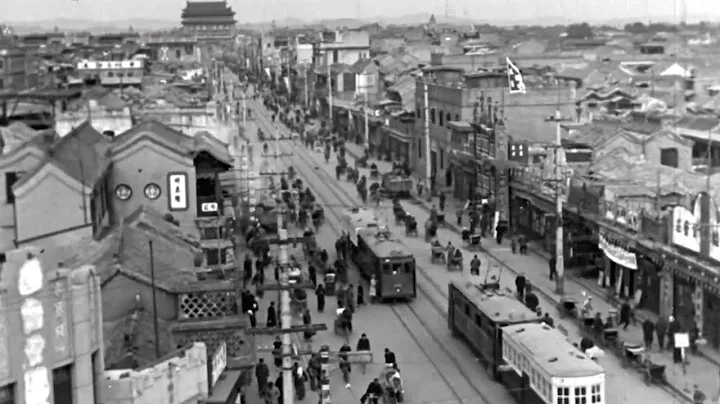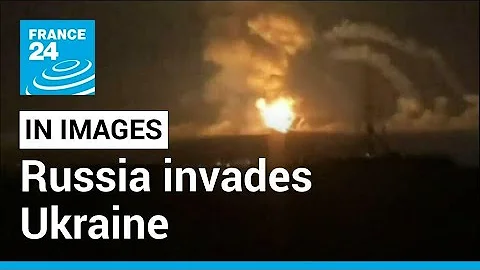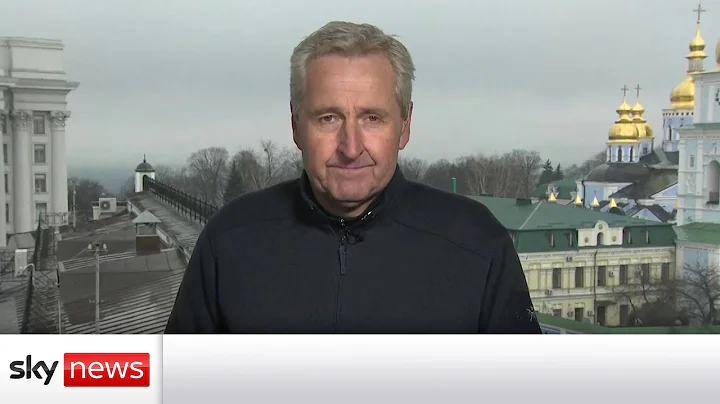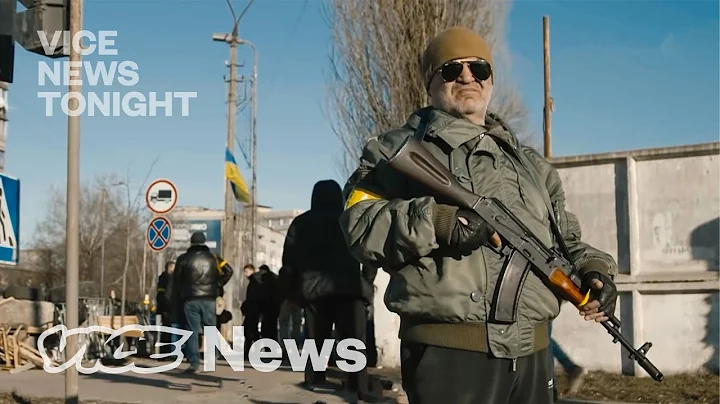
Picture丨Chairman Mao’s approval document
Foreword
In 1952, after careful consideration, Chairman Mao issued an instruction: War criminals Wu Shaozhou can be pardoned in advance!
The main reason why Chairman Mao issued this instruction is: During the period of resisting U.S. aggression and aiding Korea, Wu Shaozhou proposed two clever ideas to the Party Central Committee, which played a certain role in helping the volunteers understand the strategies and tactics of the U.S. military and effectively attack the U.S. invaders. role.
So who is Wu Shaozhou? Why do you know so much about the US military? What kind of clever plan did he propose to the Party Central Committee that would allow Chairman Mao to order an amnesty for him in advance?
Wu Shaozhou, a famous anti-Japanese general who was wise, brave and good at fighting.
General Wu Shaozhou has a reputation as "wise, brave and good at fighting" within the Kuomintang. His reputation does not originate from the civil war, but from fighting the Japanese invaders.
Before the outbreak of the Anti-Japanese War, Wu Shaozhou had already become the mainstay of the Kuomintang army after several years of war training. After the Anti-Japanese War broke out in 1937, Wu Shaozhou led his troops into the anti-Japanese battlefield without hesitation and fought bloody battles with the enemy.
After the " July 7th Incident", the Japanese invaders decided to continue their march south, and Nankou became their primary attack target.

Picture丨Tang Enbo
There is a certain degree of vigilance within the Kuomintang regarding the next plan of the Japanese invaders. For this reason, Chiang Kai-shek conveyed his order to Tang Enbo : The Thirteenth Army went to the south entrance and was commanded by Fu Zuoyi!
Chiang Kai-shek asked the Thirteenth Army to arrive at the Nankou defense line in early August, and under any difficult circumstances, it must hold it for ten and a half days, and then be reinforced by Wei Lihuang troops.
At that time, Wu Shaozhou served as the chief of staff of the 89th Division of the 13th Army. After receiving orders from his superiors, he led his troops to the combat area. The Japanese invaders attached great importance to this combat goal. For this reason, they sent their elite troops, the Banheng Division and the 11th Independent Mixed Brigade, to launch a fierce attack towards the south entrance along the Pingsui Line .
The enemy first used fire strikes and used air superiority to bomb the Kuomintang positions. Then, under the cover of the air force, the infantry launched an attack on the Kuomintang troops' position Longhu Terrace.
This is the only commanding height of the Nankou position and has been heavily attacked by the enemy. Enemy planes took turns bombing from the hilltop to the station for several hours, and then the cavalry attacked. Facing the enemy's fierce artillery fire, the Kuomintang troops did not panic. Instead, they fought back vigorously and repelled the enemy's charges several times.

Picture丨Wu Shaozhou
After several attacks, the enemy figured out the situation of the defenders. The enemy infantry cooperated with the tanks to attack in an all-out manner, and the entire battlefield suddenly became intense. Under the enemy's superior artillery attack and the air force's continuous bombing all day long, the Kuomintang troops suffered heavy losses. However, the Kuomintang defenders did not retreat. Instead, they showed extremely strong resilience. Both sides fought for a position repeatedly.
After eight full days of fierce battle, the enemy commander had to admit: encountered stubborn resistance from the Kuomintang defenders at the south entrance!
However, on the tenth day of the Nankou battle, Wu Shaozhou's troops had not yet seen the arrival of reinforcements. If they persisted, the entire army might be destroyed in the face of the enemy's crazy attack. For this reason, Wu Shaozhou reported his ideas to Tang Enbo. Tang Enbo recognized Wu Shaozhou's ideas. Therefore, he telegraphed the plan to withdraw from the south entrance and a summary of the previous stage of combat to Chiang Kai-shek.
After this telegram was sent, they should retreat according to Tang Enbo's own plan, but because he was not determined enough, Wu Shaozhou's troops fought fiercely with the enemy on the front line for another day and retreated to the mountains south of Juyong Pass .
The battle at Juyongguan is mountain warfare . As usual, the enemy bombs first and then charges. After each burst of wild bombing, its infantry deployed in depth and launched a wave-like attack on the Kuomintang defenders. Wu Shaozhou's troops relied on the dangerous terrain to hold on. They fought hard for several days and repelled dozens of enemy charges, but the position remained motionless.

Picture丨Kuomintang troops
Although the position of the Kuomintang troops was not breached by the enemy, the officers and soldiers suffered heavy casualties, and many commanders and fighters died in the line of duty. After several days of fighting, the enemy would often launch a trial attack on Wu Shaozhou's position with two or three infantrymen after several hours of bombardment. As long as the Kuomintang defenders fired a shot, they would quickly retreat, bomb again, and then trial attack.
Faced with the enemy's tactical adjustment, Wu Shaozhou took advantage of the enemy's trial attack and set up an ambush. For this reason, enemy soldiers are often annihilated or captured alive, causing the enemy a headache and unable to cope. During the battle in Yongguan, my former residence, I could only hear the loud sound of bombs all day long. I heard less sound of machine guns and grenades. The number of times the enemy was able to rush into Wu Shao's positions was also limited.
Under such circumstances, the infantry, cavalry, and chariots used by the enemy at Juyongguan could no longer play a big role. But what made the enemy emboldened was the joint bombing of their air force and artillery. In order to disperse the enemy's bombing targets, Wu Shaozhou used a small number of troops to occupy the hills and set up suspicious troops to disrupt the enemy's bombing targets, consume the enemy and reduce troop casualties.
After the frontline position could not be attacked for a long time, the enemy sent troops to reinforce and surrounded Wu Shao's surroundings. Faced with such a situation, Wu Shaozhou, then chief of staff of the 89th Division, braved the enemy's fierce artillery fire and led his troops to hold their position and respond calmly to avoid panic that would cause the enemy to break through the position.

Picture丨Chiang Kai-shek and Wei Lihuang took a group photo
At that time, after Chiang Kai-shek learned of the situation of Wu Shaozhou's troops, he urgently ordered Wei Lihuang and Sun Lianzhong to lead their troops for reinforcements. However, the Japanese army had already expected this, and the reinforcements from Wei Lihuang, Sun Lianzhong and other troops did not alleviate the situation of Wu Shaozhou's troops. But the only good news is that the enemy will not be able to capture Wu Shaozhou's position for a while.
An excellent commander and fighter can seize the opportunity and reverse the situation even in the face of desperate situations. There is no doubt that Wu Shaozhou is such a general. Faced with the heavy siege of the Japanese army at that time, Wu Shaozhou decided to take the initiative and lead his troops to break out of the enemy's encirclement after repeated thinking. Of course, in Wu Shaozhou's view, the team could only charge blindly, otherwise it would be easy to fall into the enemy's encirclement and annihilation.
In the evening, Wu Shaozhou asked everyone to make a dozen weather lights, and before the Buddha dawned, they used the wind direction to release them at the front of the position. The lights were like meteors, drifting towards the enemy. After several days of fierce battles, the enemy's spirit was tense. After seeing the scene in front of them, they thought it was a new weapon of the Kuomintang defenders, so the formation was a little confused.
Wu Shaozhou seized this opportunity and led his troops to quickly counterattack, breaking through the enemy's encirclement in one fell swoop. Soon after, because reinforcements from all walks of life had not yet arrived at the scheduled combat area, the south entrance was still captured by the enemy. However, in the half-month-long defensive battle at Nankou, Wu Shaozhou performed very well. For this reason, the Central Military Commission of the Kuomintang awarded Wu Shaozhou and other Baoding Medal .

Picture丨Wu Shaozhou (right)
After completing the defense of Nankou, Wu Shaozhou was transferred to the 265th Brigade as brigade commander. He commanded the troops in Cixian County, moved to Anyang, and stayed in Zhanghe. In February 1938, Wu Shaozhou was transferred to the post. Commander of the 267th Brigade. In April, the 267th Brigade was expanded into a division. Wu Shaozhou was promoted to division commander. He blocked the Japanese invaders in Zaozhuang and Taierzhuang, Shandong, and participated in the world-famous Taierzhuang Battle.
Looking at General Wu Shaozhou's performance in the Anti-Japanese War, there is no doubt that he fully demonstrated his high military talents. During the eight years of the Anti-Japanese War, Wu Shaozhou successively received the Class A first-class medal, the Baoding Medal, the Yunhui Medal, the Loyalty Medal, etc. issued by the Central Military Commission of the National Government. These medals are undoubtedly the best illustration of his military exploits!
Within the Kuomintang, someone once said this about General Wu Shaozhou:
He not only acted as a strategic strategist, but he also led a mixed force to rescue the military situation and stabilize the war situation in critical situations. He was a rare genius among the national army staff.
Wu Shaozhou from being captured to early amnesty
After the end of the Anti-Japanese War, the Kuomintang and the Communist Party held peace talks and signed the Double Ten Agreement.However, Chiang Kai-shek appealed for peace on the surface, but in fact he was preparing to start war again. Soon after, Chiang Kai-shek tore up the agreement and mobilized troops to attack the Communist forces.
In 1948, Wu Shaozhou was transferred to the 12th Corps of the Kuomintang as the deputy commander of the Lieutenant General and the commander of the 85th Division. His boss was the senior Kuomintang general Huang Wei.
In the Huaihai Battle, the People's Liberation Army occupied the surrounding villages along Shuangduui and built deep positions, trapping the 12th Corps in a narrow area less than ten miles in radius, with hundreds of thousands of people crowded into a ball. Faced with such a situation, the Kuomintang soldiers' fighting spirit was demoralized and their combat effectiveness gradually weakened. Commanders at all levels were helpless and only received beatings.

Picture丨Du Yuming
Especially after the news of Liao Yunzhou's uprising spread, everyone heard on the radio that Huang Baitao's regiment was annihilated by the People's Liberation Army. After the three rescue groups led by Du Yuming arrived near Chenguanzhuang, they were also surrounded by the People's Liberation Army. . The most critical thing is that the People's Liberation Army facing the 12th Corps not only carried out fierce attacks and infiltrations at night, occupied surrounding villages, and retreated into encirclements, but also launched a propaganda offensive in front of the position during the day, which also weakened the determination of the Kuomintang troops to wait for reinforcements.
What troubles Wu Shaozhou the most is that the prisoners released one after another by the People's Liberation Army spread the word about the People's Liberation Army's lenient policy, which also greatly weakened the fighting will of grassroots officers and soldiers. Under such circumstances, Wu Shaozhou also took some measures, such as prohibiting officers and soldiers from listening to PLA radio broadcasts and isolating captured officers and soldiers, but they did not have any effect.
With the surrender of many troops, this also accelerated the destruction of the entire corps. After Huang Wei learned about the situation on the battlefield, he convened everyone to discuss and deploy a breakout plan. According to Huang Wei's plan, the key points to break out of the encirclement are: attack from all sides, counterattack across the board, find gaps and exploit gaps, and break out of the tight encirclement.
Huang Wei's breakout plan is actually to ask all subordinate departments to escape on their own. In the view of Huang Wei and others, the focus of the People's Liberation Army's siege and interception was to double the south and southeast corners to prevent the Kuomintang troops from escaping to Bengbu . For this reason, the Corps decided that each army should break out in three directions: east, west, and north.

Picture丨Huang Wei
When the troops were preparing to break out, Huang Wei sent his guards to convey instructions to Wu Shaozhou, asking him to follow his chariot closely and break out together. The initial breakout went smoothly, but when crossing the river at the Jade Emperor Temple, Huang Wei's chariot crushed the pontoon bridge and Wu Shaozhou's chariot was unable to pass.
Under such circumstances, Wu Shaozhou felt very calm in his heart: Instead of going to Nanjing to die (because all the troops led by Wu Shaozhou had surrendered to the People's Liberation Army, and he was the only one left, the polished commander), it was better to stay here and be captured. .
After Wu Shaozhou made up his mind, he got out of the car with his two accompanying guards and walked to the entrance of the Jade Emperor Temple to wait for the arrival of the People's Liberation Army.
About a few hours later, the search force of the first column of the People's Liberation Army arrived. The People's Liberation Army called Wu Shaozhou and his two accompanying guards to gather on the road. After collecting the firearms, they took them to a small village to rest. The next day, Huang Wei, Yang Botao, Tan Daoshan and some division commanders and regimental leaders were all sent together.
Soon after, Wu Shaozhou was sent to the People's Liberation Army Officer Training Brigade in Guang'anmen, Beijing to learn and reform.
Wu Shaozhou was not against learning. He also wanted to understand the knowledge of the Communist Party and see where the Kuomintang lost. However, in the process of contacting Communist officers and soldiers, Wu Shaozhou discovered that the Communist Party never beat or scolded prisoners at will, but instead patiently explained to them revolutionary principles and so on.

Picture丨Resist US Aggression and Aid Korea
Just like this, Wu Shaozhou also slowly changed his mind, so he was very active in the matter of reform and learning. Just as Wu Shaozhou was undergoing transformation, the United States launched the Korean War . Chairman Mao issued a call to the country to "resist U.S. aggression, aid Korea, and protect the homeland and the country." Wu Shaozhou responded to the call and participated in the U.S. military tactical research class.
Before Wu Shaozhou was captured, most of the 85th Army he belonged to had beautiful weapons and equipment.Wu Shaozhou himself was a very down-to-earth general. He had carefully studied the advantages and disadvantages of American weapons and equipment. The most important thing was that he often asked American advisers about the US military's combat methods and learned advanced military knowledge.
has this foundation. For this reason, after Wu Shaozhou joined the U.S. Army Tactics Research Class, he quickly wrote a more than 60,000-word document "Research on U.S. Army Tactics" and submitted it to Chairman Mao and the Central Military Commission of the Communist Party of China for approval.
Wu Shaozhou proposed two clever plans to the Party Central Committee based on his understanding of the Communist and American troops:
First, fight at night and launch a surprise attack at night; second, fight at close range, use trenches to conceal the enemy, and shoot and blast at close range.

Picture丨Volunteer Soldiers
I have to say that these two suggestions put forward by General Wu Shaozhou are very applicable to the People's Liberation Army troops. Whether it is night combat or close combat, the People's Liberation Army is very good at it and has rich experience in this area.
When Chairman Mao and the leaders of the Party Central Committee received the materials compiled by Wu Shaozhou, they very much recognized the two suggestions he put forward. At that time, there were obvious differences between the weapons and equipment of our army and that of the US military. Through night fighting and close combat, the gap in the weapons and equipment of the two armies could be narrowed to a certain extent!
It can be said that the materials and suggestions compiled by General Wu Shaozhou played a certain role in helping the volunteers understand the strategies and tactics of the US military and effectively attack the US invaders.
This is exactly the case. In 1952, Chairman Mao named the war criminal Wu Shaozhou to be pardoned in advance, which was unanimously recognized by the leaders of the Party Central Committee. During the War to Resist US Aggression and Aid Korea, General Wu Shaozhou made great contributions and received leniency from the People's Government and was released to settle down in Changsha.

Picture丨Amnesty Conference
When Wu Shaozhou learned the news that he had been pardoned in advance, he was very excited, and he also made up his mind to devote himself to socialist construction. After Wu Shaozhou was pardoned, he insisted on supporting himself and doing things within his ability. However, due to Wu Shaozhou's many years of fighting, his body was full of injuries. As he grew older, the injuries recurred, which also made his life very difficult.
When the organization learned about General Wu Shaozhou's situation, they gave him a certain degree of care and hired him as a librarian of the Hunan Provincial Museum of Culture and History.
In 1966, Wu Shaozhou died of illness at the age of 64.


